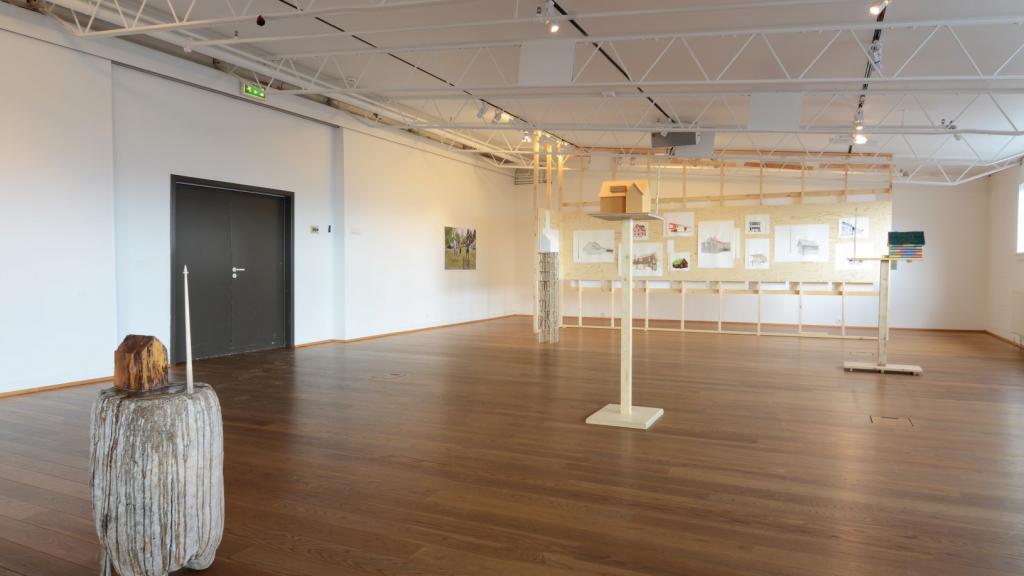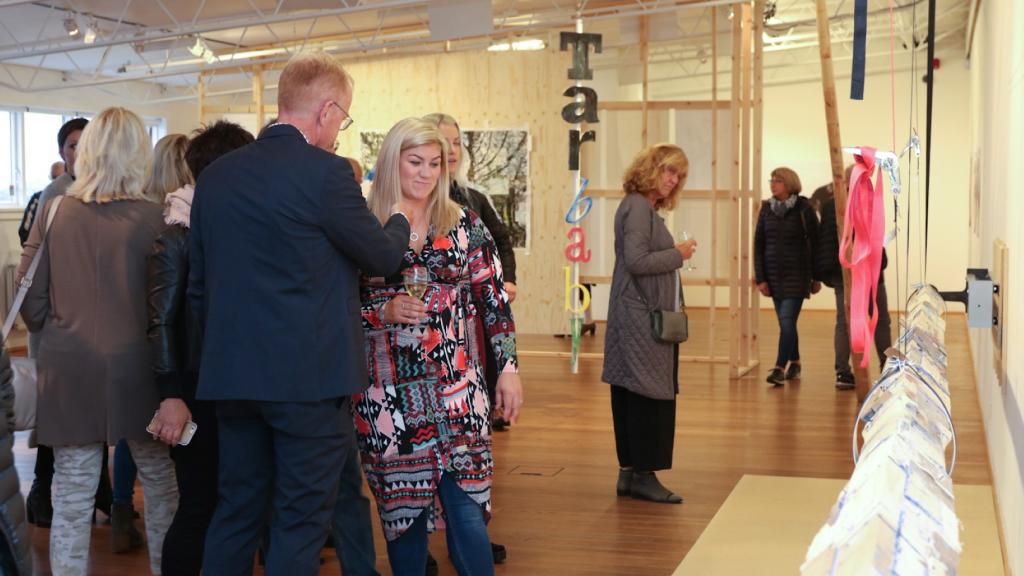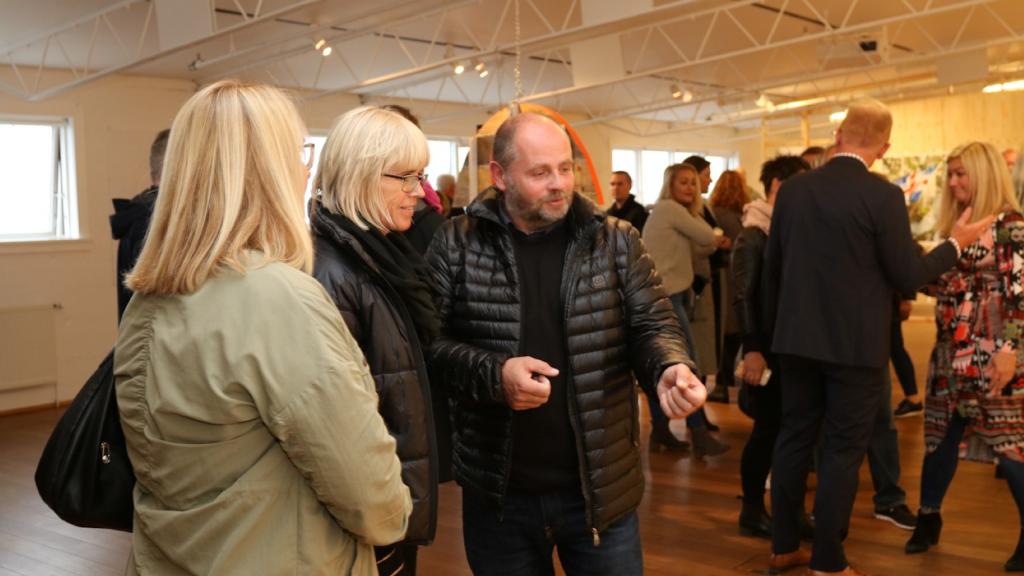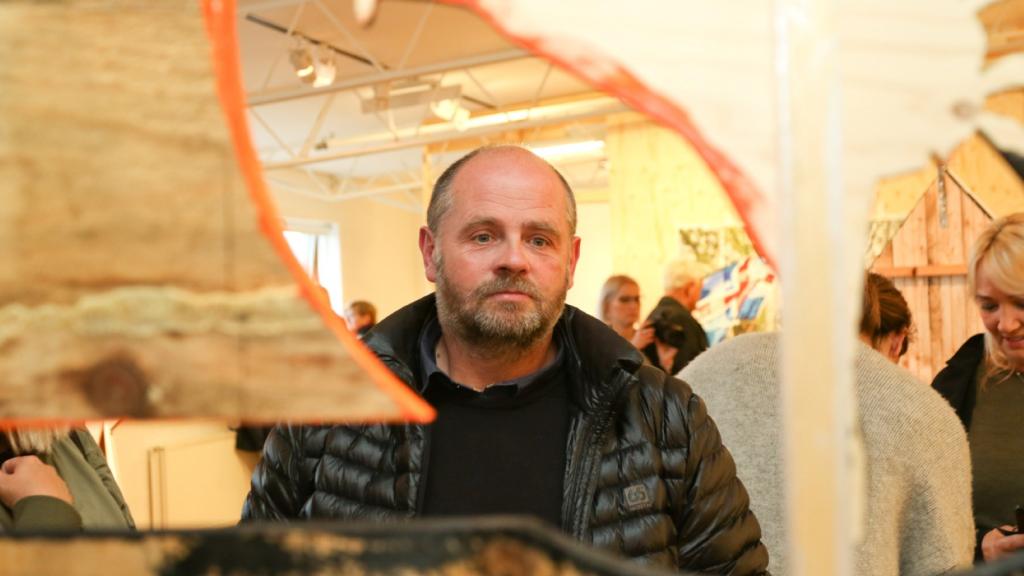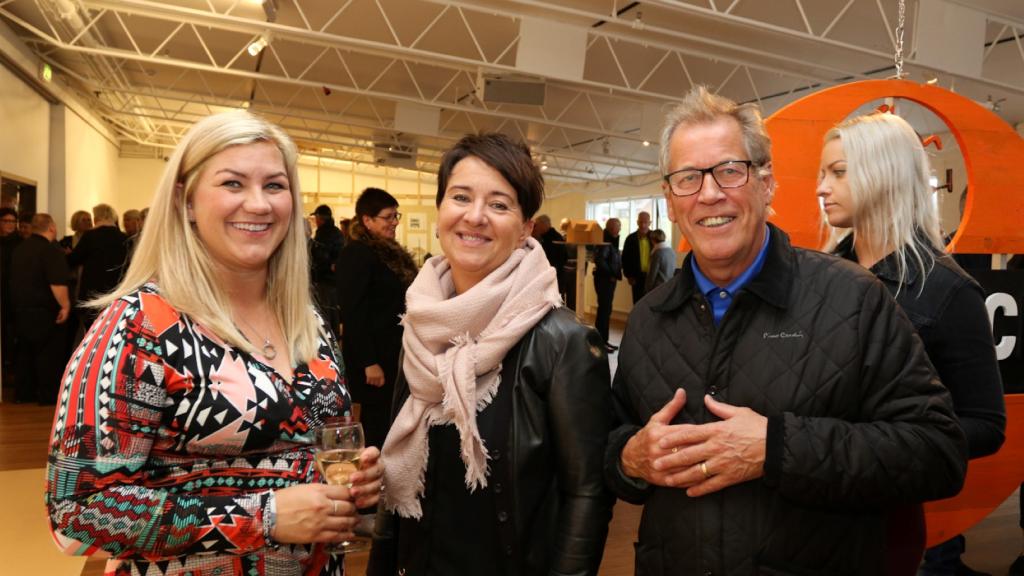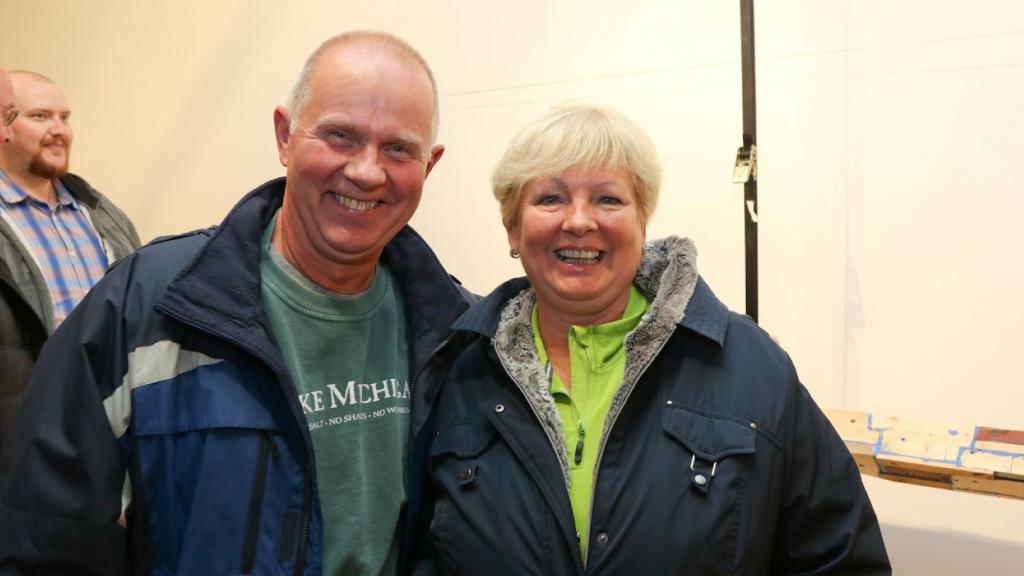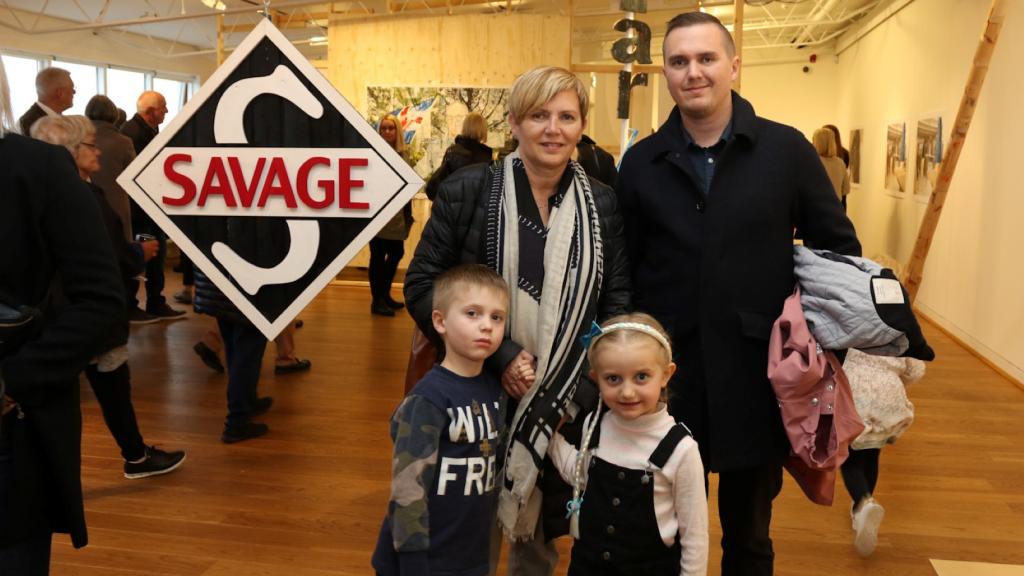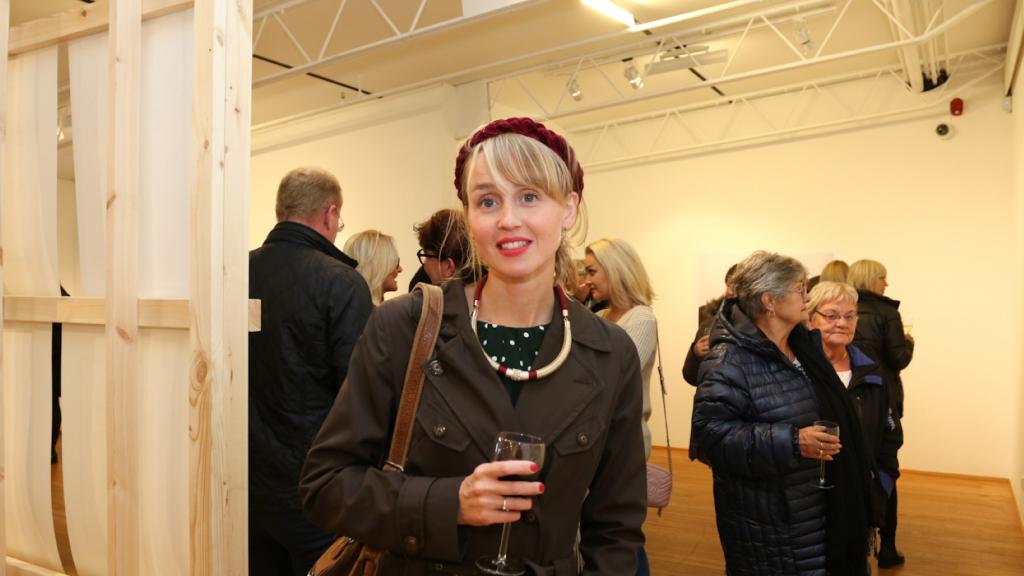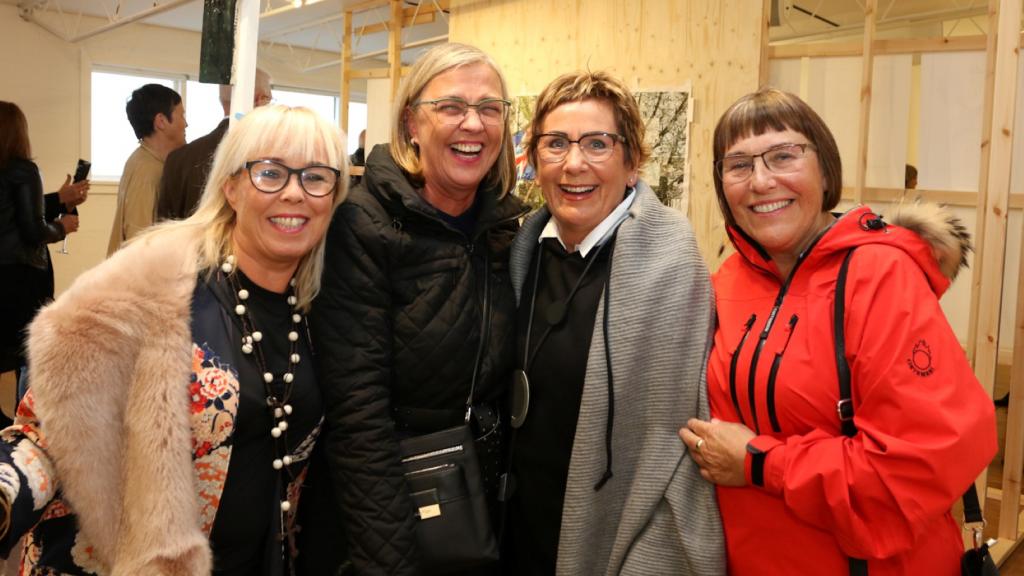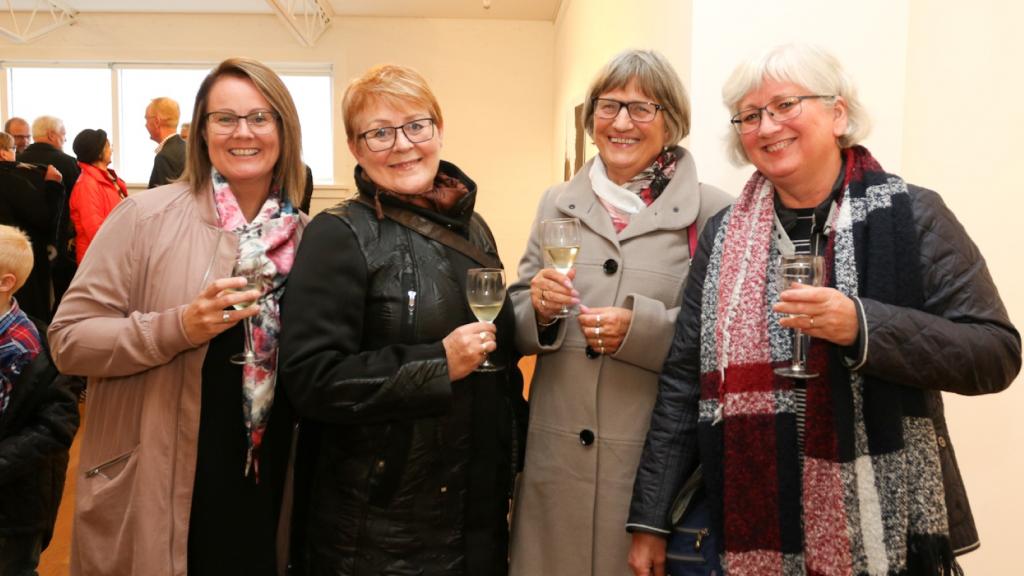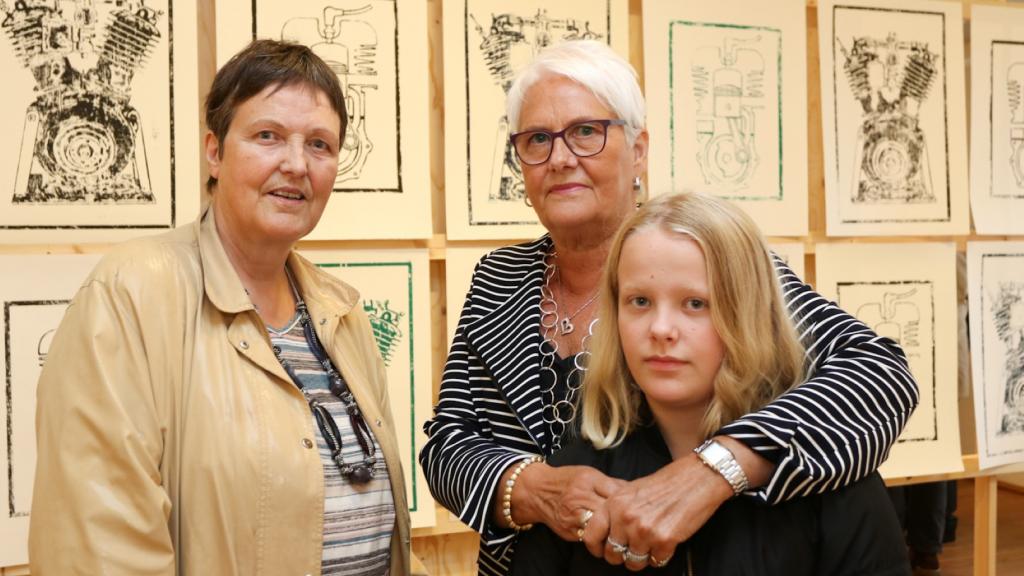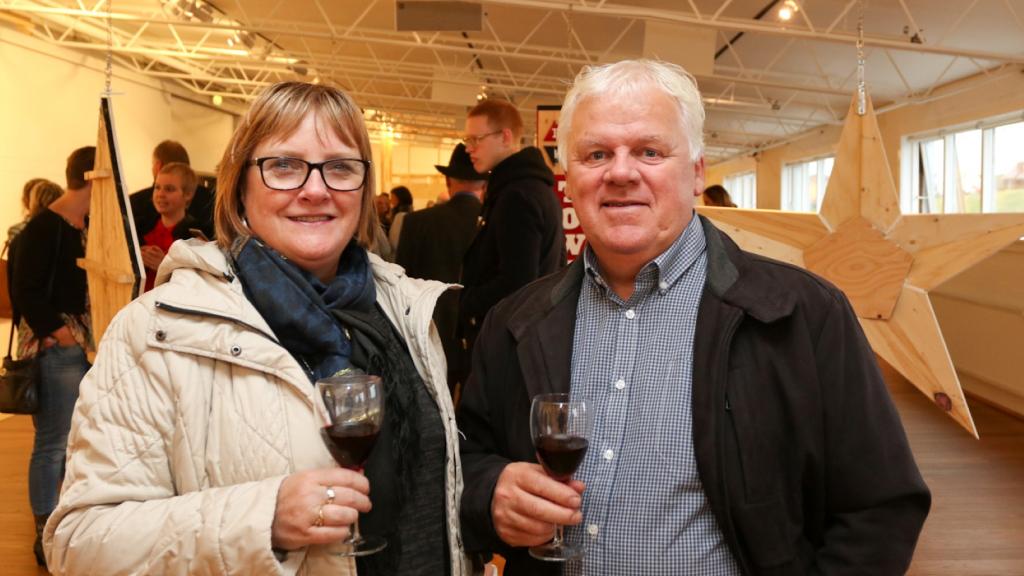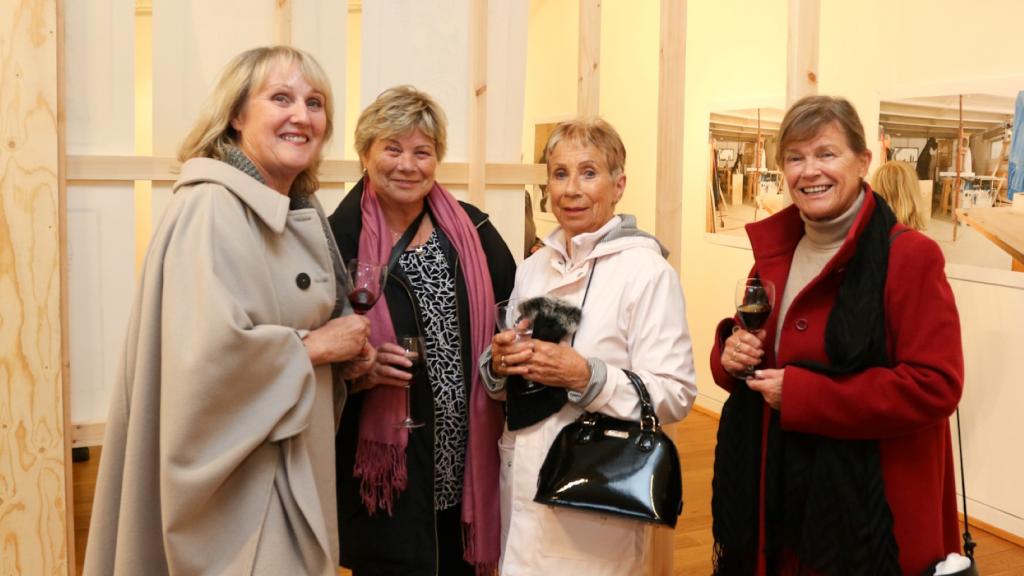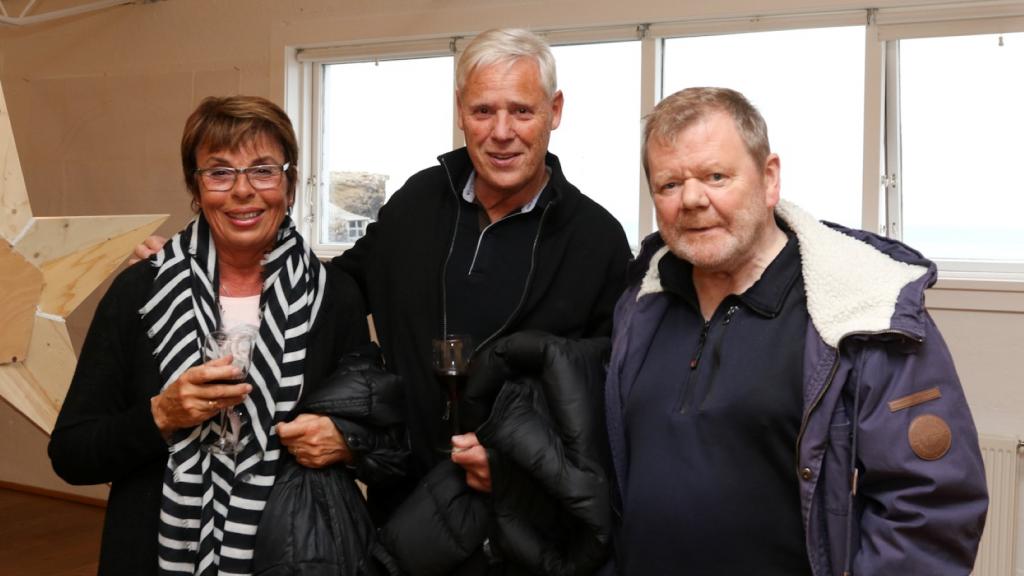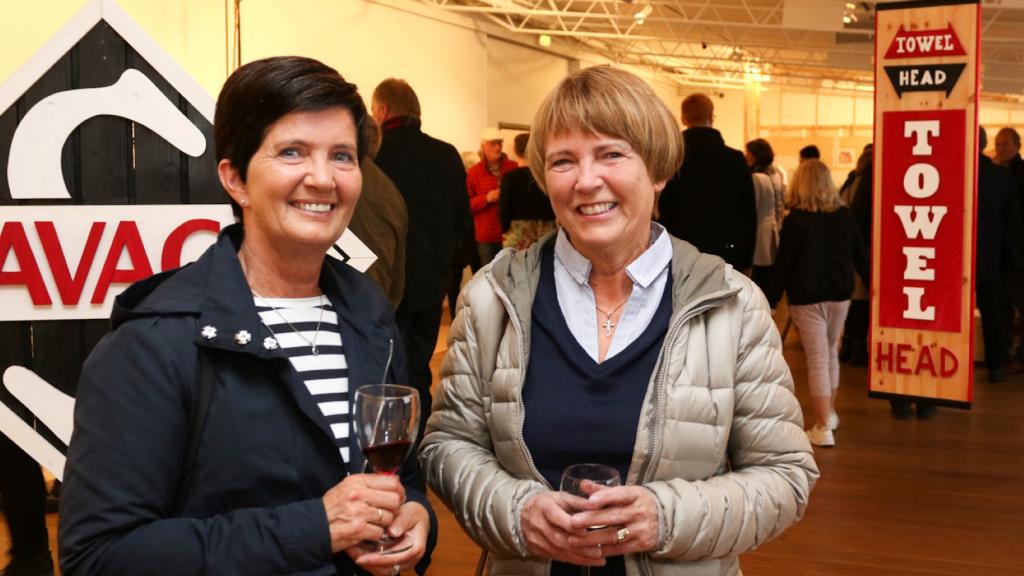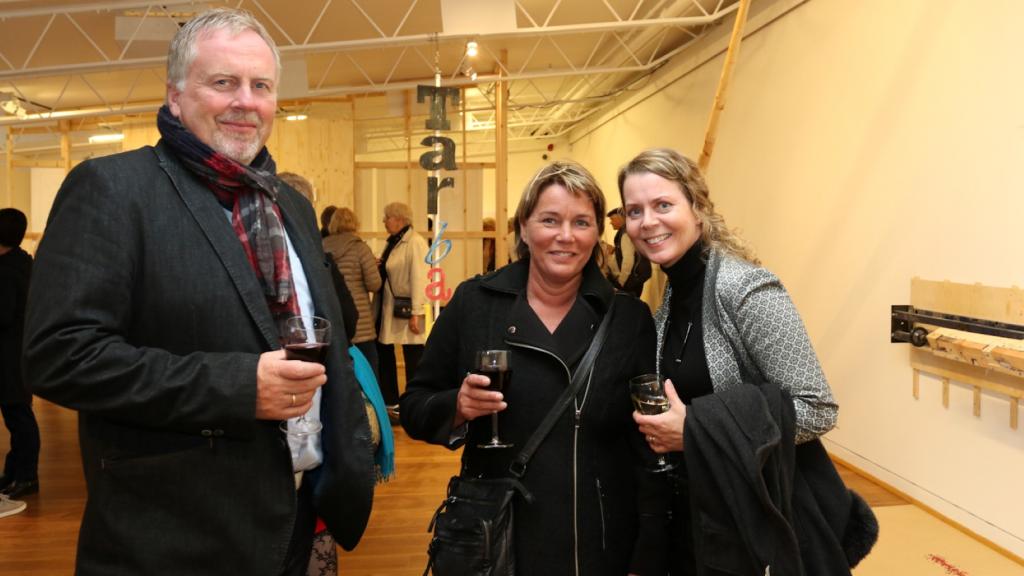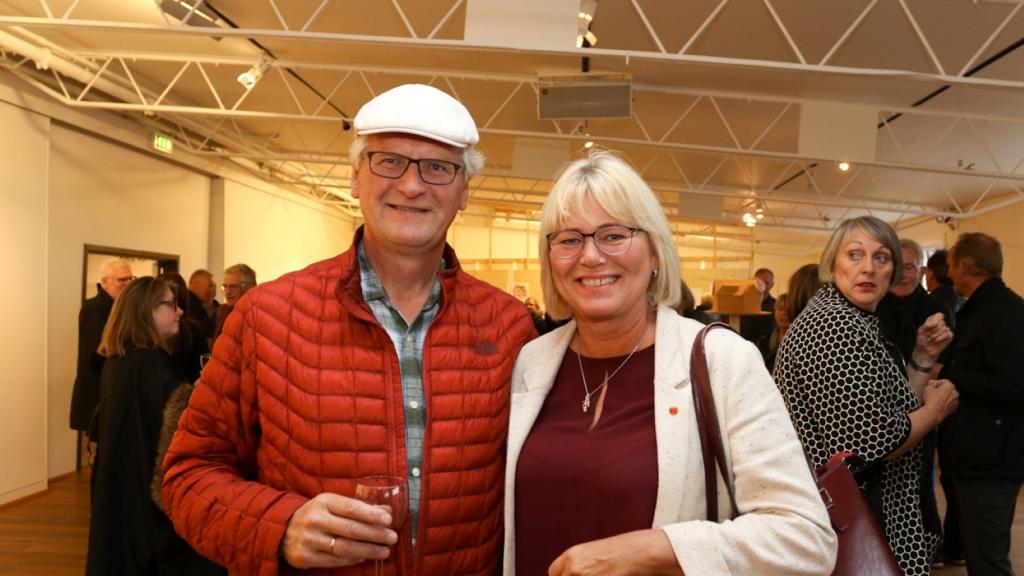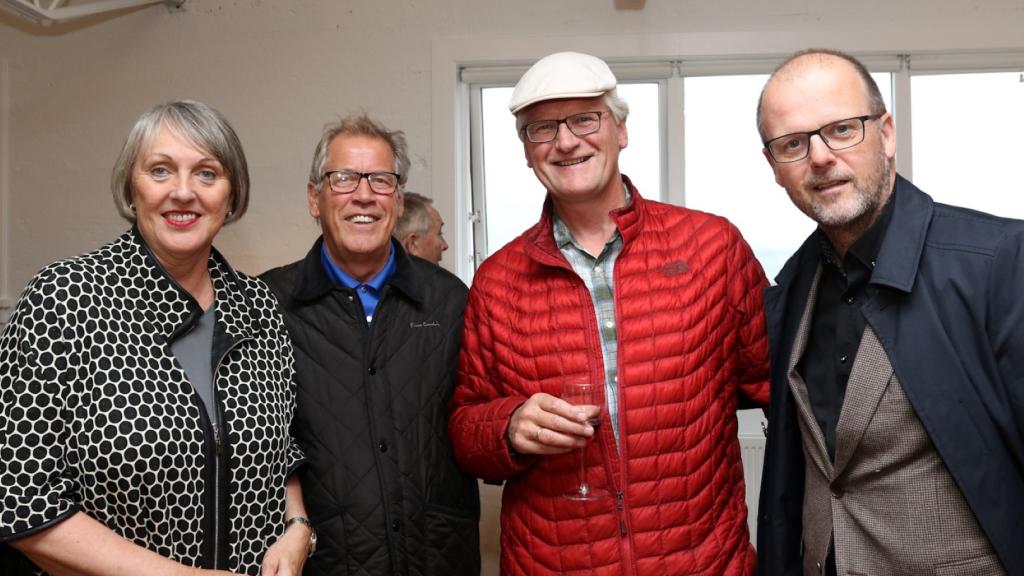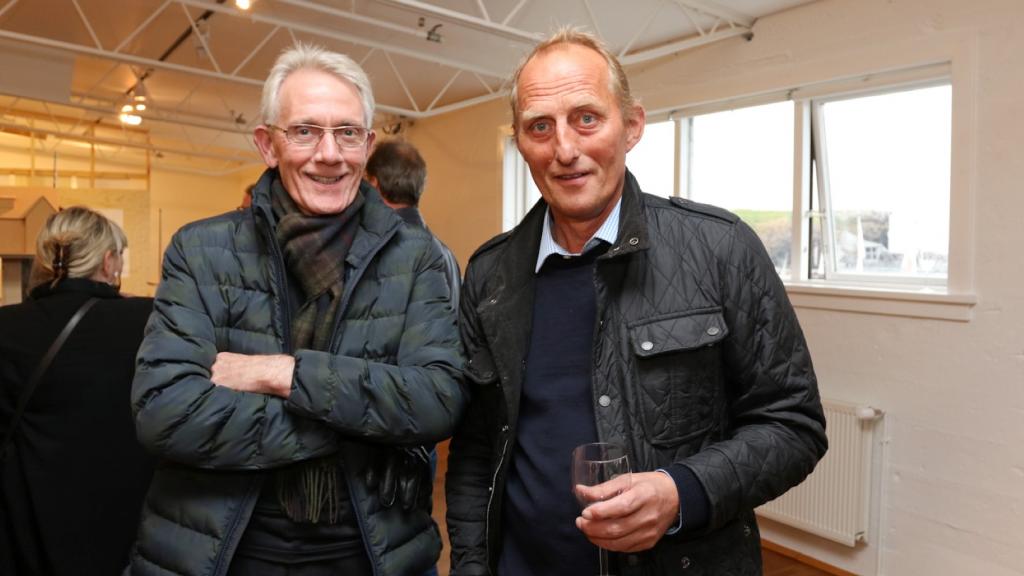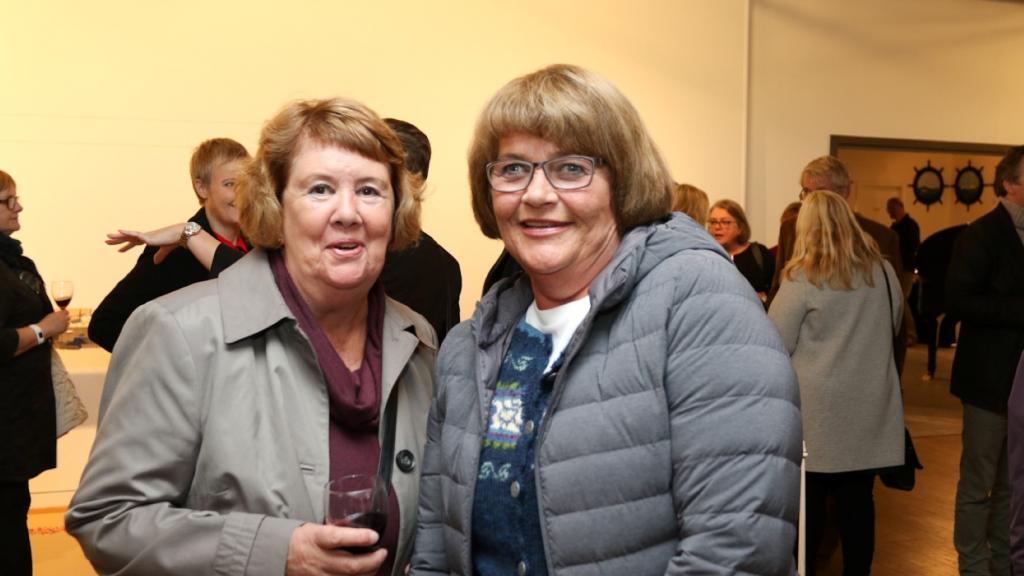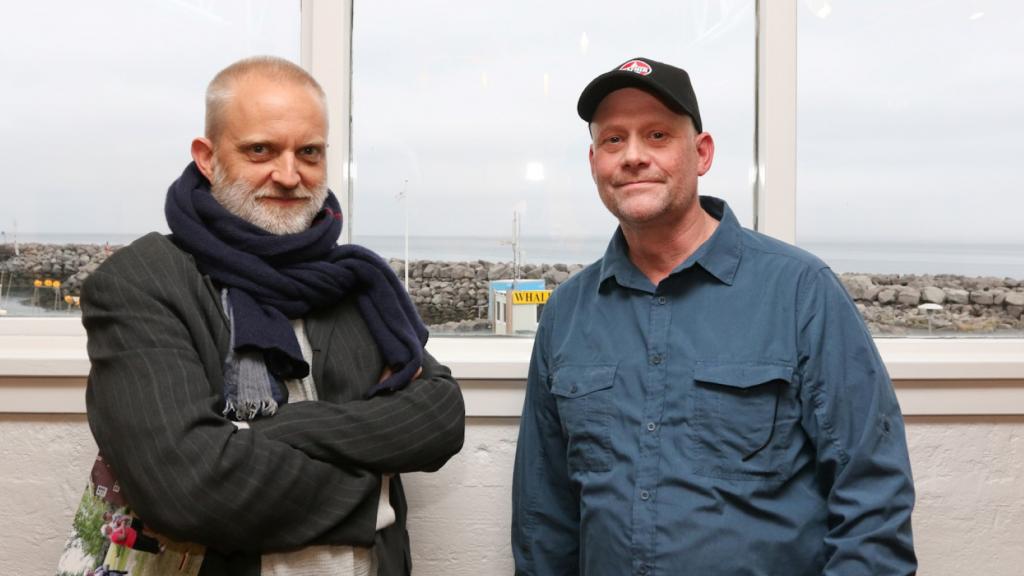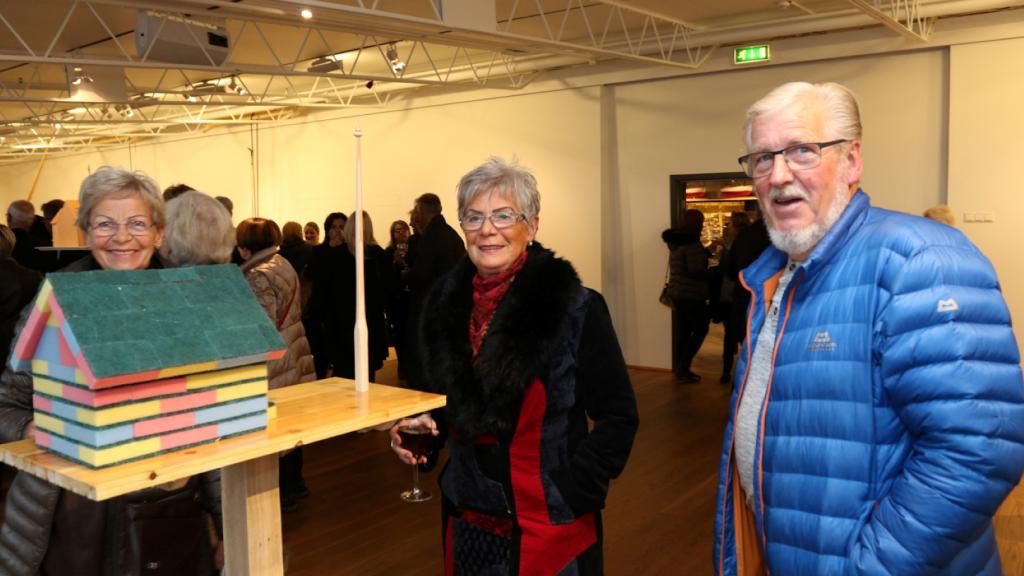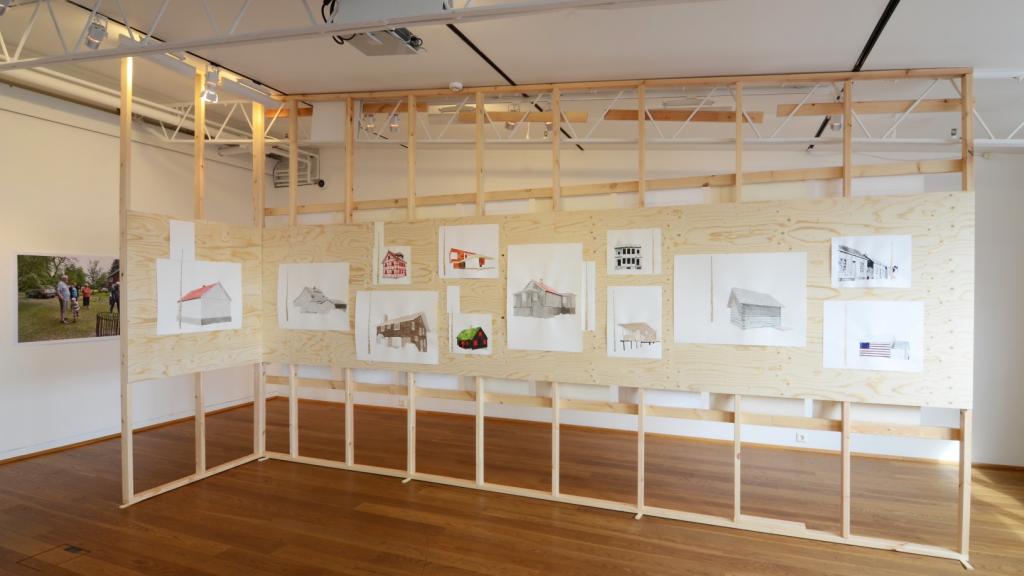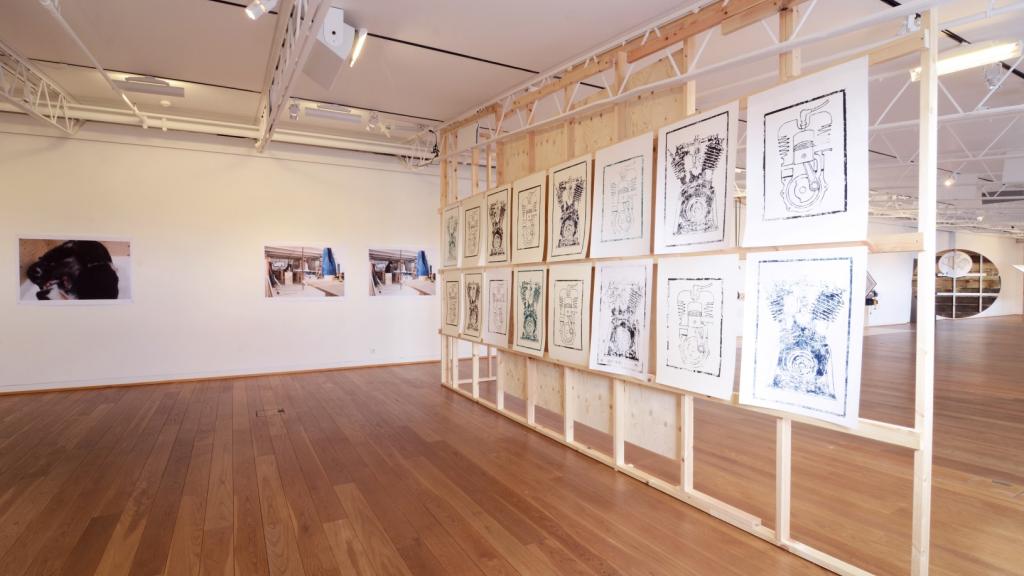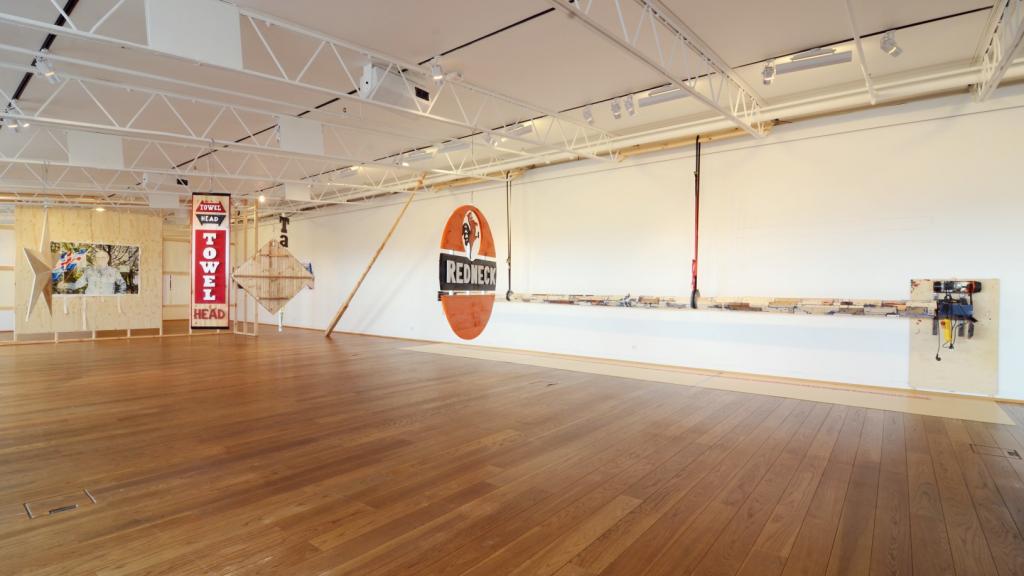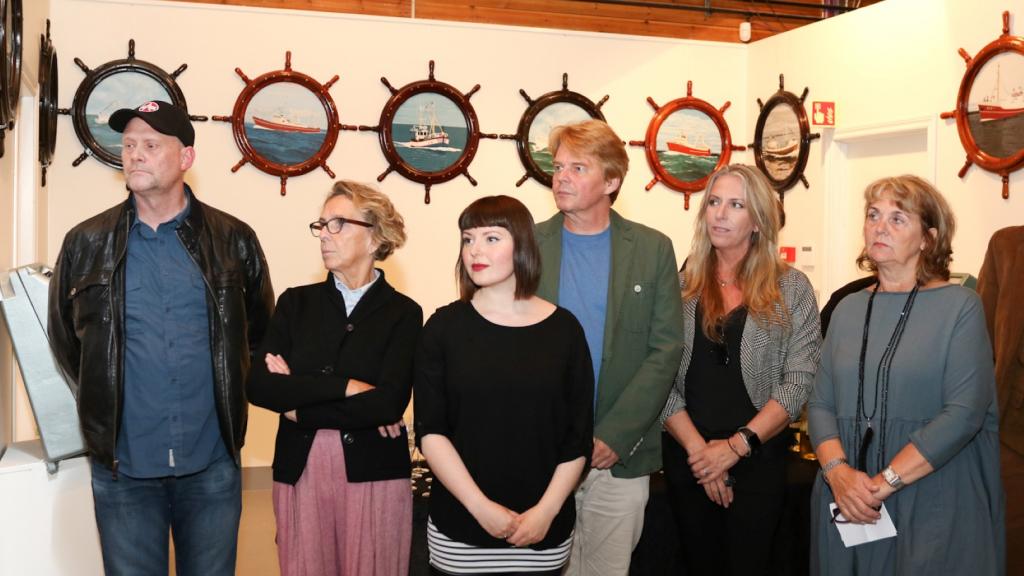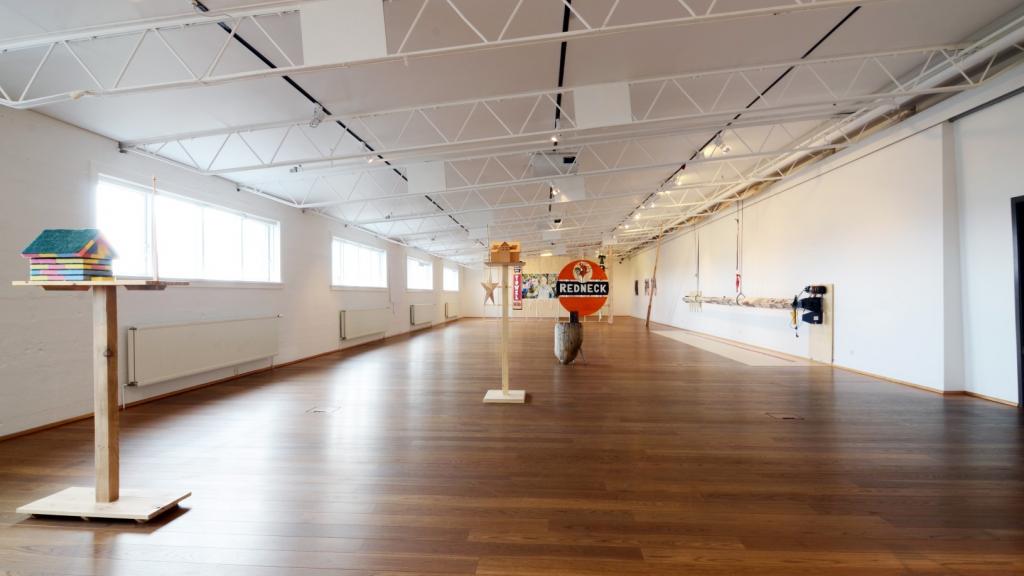Near Future Prospects. The Idea of Yonder
I´m thinking on the extant splinters from Christʽs cross. Those splinters that have been traced to the cross are so many that you could build a splendid church out of them. The central cathedral of the world, no less.
Or you could build another Wall of China out of them, as another source has it.
Thus you could say that the splinters are no longer real, but exist only indirectly. They have been overtaken by the laws of supply and demand, as the world of finance would have it, those laws being the only valid measure of all things.
The splinter as a symbol:
A symbol of the Crucifixion and the sufferings of Christ on the Cross.
A symbol of the crowd calling for the Crucifixion of Christ, and subsequently suffering the consequences of its demand through the ages, sharing the yoke of Judas with his silver coins.
A symbol of financial shenanigans, cruel rulers and their abuse of powers. Also a symbol of the trade in absolutions.
p.s. There are rumours of the existence of splinters from Christʽs cross in Iceland. In some sense the famous and exceedingly large medieval cathedral at Skálholt may have been built from splinters from Christʽs cross.
This goes through my mind when I think about Helgi Hjaltalínsʽs art while looking intently at the age rings inside of a tree. Itʽs a sculpture by him. The sculpture is not a cross section of a particular tree, containing information about its history and surroundings, to be studied by specialists. Itʽs a cross section which is at the same time the history of all trees, the splinters of all crucifixes and all weather reports in history. A beautiful and skillfully wrought circular form. Each year ring is made up of bits from leftover wooden sticks and splinters, which have been glued or cleated together, one year following the other, eventually forming a solid shape.
Next to the year rings, the cross section of the tree, stands a man-sized grandfather clock, just as beautifully constructed. Itʽs a clock without works, instead it contains a shotgun. Itʽs almost as the hunter put it there for safe keeping. The hidden gun becomes a kind of silent clapper, but if needed it may act a reference to a particular time and place.
The room is covered in a chest-high panel with the same texture as the sculptures. Empty picture frames are suspended from the panel.
The room feels like a waiting room. A space between the future and the past. A unit of time. The beginning of something at some point in the future.
As I write this I happen to be staying at Núpur in Dýrafjörður, in a house formerly inhabited by the last holders of the farm, now belonging to their descendants. The house is still redolent of the farmersʽ presence. On the bookshelves there are many books on local events and history, along with folkloric tales. Clothes belonging to the last holders are still hanging in the clothes cupboard. There are photographs of the holders and their families on the walls, along with a hand-painted photograph of a nearby beauty spot. Thereʽs also a hand-woven and striped rug on a wall. May the Lord bless our Home. A surrussus of the past in the plumbing. A transposition of space.
Outside the living room and kitchen windows, in a straight line fifty meters to the west, there is a flagpole painstakingly painted in the colours of the Icelandic flag. The flagpole is an arresting feature, visually quite pleasing. A work of art in itself, though it was never thought of as such.
I think of Helgiʽs flagpoles.
At some 90 degrees to the south of the flagpole, relative to the line set by the farmer, and at the same distance, we find the door to the clergymanʽs house. The house is called Hlíð. Itʽs an old house, featured on the national registry of protected buildings. It looks a bit like a dollʽs house. This combination of features is slightly reminiscent of Helgiʽs works. The set of houses, with their exact correlation to the flagpole, becomes an environmental art work in the midst of a powerful landscape.
As social composition demands, a man meets a woman, and together they build themselves a nest in a place they happen to like. In this instance the farmer found himself a woman in an already inhabited place. When a local benefice becomes vacant, the farmer notifies his brother, the clergyman. Together they bring a new heartbeat to the farming community, a teetotallers´lodge called Gyða, athletics and education for the elightenment of the spirit.
As a student of theology in Copenhagen the clergyman had been interested in the ideas of Gundtvig. Grundtvigʽs writings are an offshoot of Romanticism and the ideals of the French revolution. He would maintain that humanity came before Christianity. He preferred the living word to the message from high. Grundtvig also admired the Icelandic Sagas and nature in the wild. Education for all and brightness all around. Equality of the races, liberty and the brotherhood of man. His ideas eventually cost him his cassock.
All of this was gist to the mill of a new union of young Icelandic progressives. Beautiful ideas and necessary at the time.
Yet all of it, the beauty, driving force and progressive vision, has terror at its core, strange as it may sound. This doesnʽt necessarily apply to this place, but in a different context even the most beautiful ideas can give rise to terror. Even the idea of liberty may turn rigid and egocentric. Liberty, equality and fraternity may be used to serve vested interests. Helgiʽs works flit between these contrasting ideas, arriving at an impasse between terror, history and beauty.
A collection of water pistols, a womanʽs handbag beautifully carved out of hardwood. The grandfather clock, the chest-high panel, the empty frames and so on.
The elegant flagpole and „High score“ basketball pole made by artist David Hammond have a similar resonance. Hammondʽs poles are decorated with tribal patterns of African origins all the way up to the hoop; they are extra tall, making it difficult for players to score. The work is intended to symbolize the hoop dreams of African-Americans that keep them from attaining higher education and embarking on constructive careers
An elegant work like the flagpole, loaded with attraction, like the beguiling Sirens in the Odyssey of Homer.
Iʽm also reminded of the snowball performance by the same artist. He ranged a set of actual snowballs on a rug, rather like a New York street hawker, and offered them for sale at different rates depending on their sizes.
Then there are the eviscerated wind-up toys by Mike Kelly. Mechanical Toy Guts 1991-2012. A present, past and future world. Stefan Zweigʽs beautiful world of yesterday. The ideal of the perfect society, where there are no more wars. The eviscerated toys have none of the attraction of fantastic or decorative animals as their wind-up entrails traverse the lenght and breath of the exhibition space.
Houses constructed and designed like symbols, pasted together on sundry bits of paper, ranging from prime watercolour paper to everyday napkins. Again, like the cross-section of a tree. Pictures of cars and soldiers. A clergyman and a flagpole. Refined handiwork which nevertheless carries with it the glue of history and the willingness to understand everything better. The sign language of maginalized groups and the rigid, unchangeable mold.
This may well be enough to start something else, some time in the future.
Near future prospects.
The idea of yonder.
Helgi Þorgils Friðjónsson


